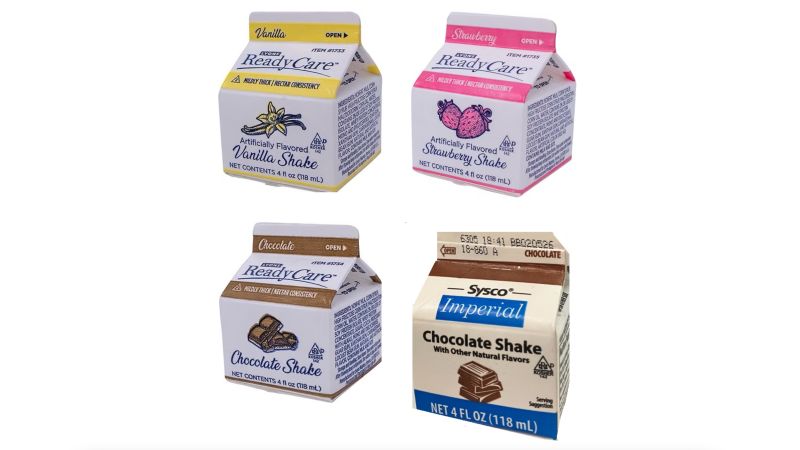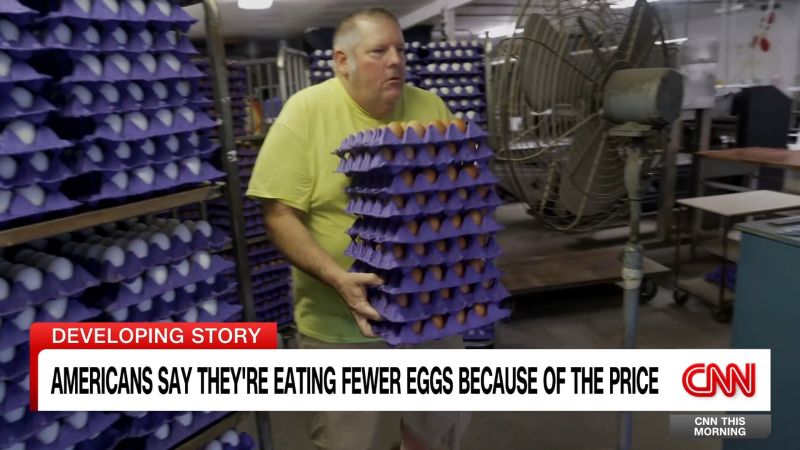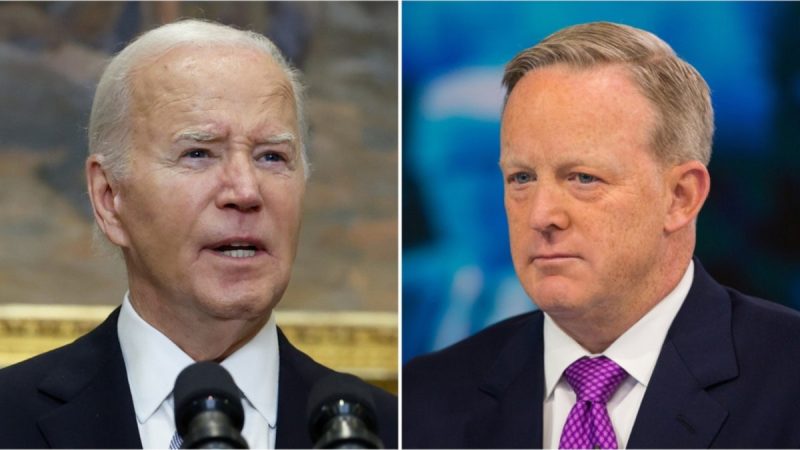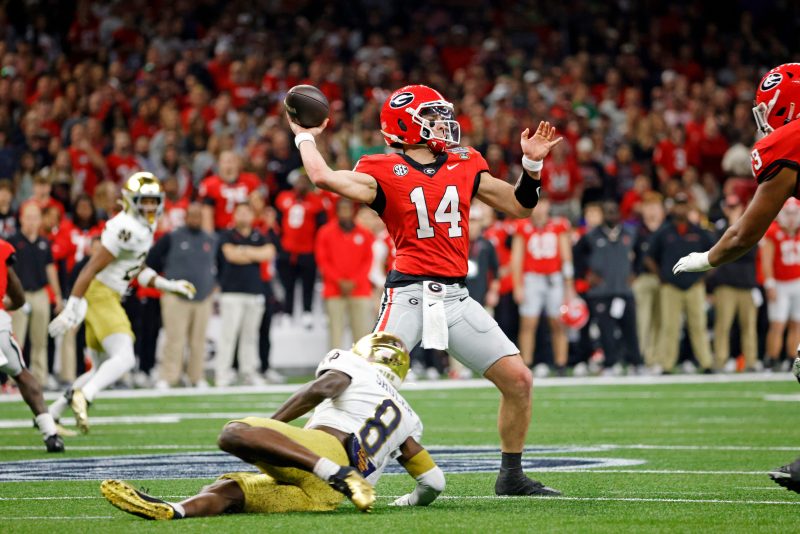FDA delays when a final rule on what foods can be labeled as ‘healthy’ goes into effect
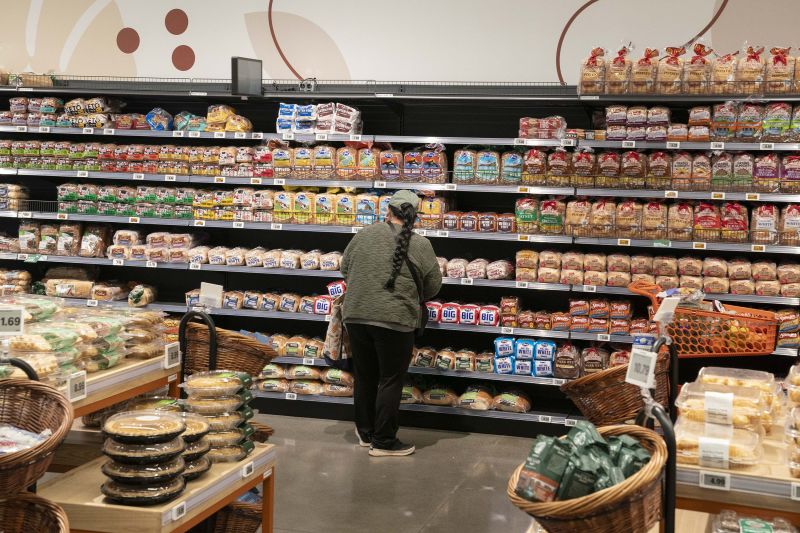
The US Food and Drug Administration’s new standards for foods before they can be labeled as “healthy” on their packaging will go into effect about two months later than planned, according to a government document scheduled to be published in the Federal Register on Tuesday.
In December, the FDA finalized a rule that updates the nutritional requirements a human food item must meet to claim on its packaging that it is “healthy.” That rule was published with an effective date of February 25, 2025.
But in January, President Donald Trump issued a memorandum entitled “Regulatory Freeze Pending Review,” which puts a freeze on new rules until a department or agency head appointed or designated by the president reviews and approves the rule, as well as ordering agencies to postpone the effective date for any rules that may have been published in the Federal Register but have not taken effect, for the purpose of review.
“In accordance with this direction, FDA is delaying the effective date of the final rule ‘Food Labeling: Nutrient Content Claims; Definition of Term “Healthy”’ (89 FR 106064), until April 28, 2025. We note that the compliance date remains unchanged at this time,” according to the document.
The use of “healthy” labeling is voluntary for food manufacturers. Foods that meet the new requirements can start using the label once the rule is effective, while those that don’t meet the standards of the new rule still have until 2028 or three years to conform.
‘The delay should not alter the impact’
Among the requirements, the final rule includes limits on added sugars, saturated fat and sodium for foods to be labeled as “healthy,” and “healthy” foods must contain a certain amount of a key food group, such as fruits, vegetables, whole grains, lean meats or low-fat dairy. The rule also sets forth requirements for establishing and maintaining certain records for foods bearing the “healthy” claim.
About 5% of all packaged foods in the current marketplace are labeled as “healthy,” according to the final rule. Some foods that could previously carry the healthy label — such as white bread and heavily sweetened cereal and yogurt — will no longer qualify. But nuts, seeds, salmon, olive oil and some peanut butters and canned fruits and vegetables are among those that will newly qualify.
The FDA is also working on a symbol that can be put on packages to help consumers more easily identify foods that are considered healthy, and it’s developing a plan for nutrition labeling that would go on the front of food packaging to complement the more in-depth labels on the back.
“The last time ‘healthy’ was defined on packaging was in the 1990s. Based on the nutrition science and federal dietary guidelines at that time, the definition was solely focused on individual nutrients; for example, it included limits for saturated fat, total fat, cholesterol, and sodium and required a certain amount of beneficial nutrients like certain vitamins, minerals, fiber, and protein,” according to the FDA’s website, which contains content that is current as of Monday. “Today, we have a greater understanding of dietary patterns and their effects on health, and we recognize that foods are made up of a variety of nutrients that work together as part of a healthy dietary pattern.”
The new FDA rule is a “terrific improvement,” as the previous rule was “dangerously outdated,” Dr. Dariush Mozaffarian, cardiologist and director of the Food is Medicine Institute at the Friedman School of Nutrition Science and Policy at Tufts University, said in an email Monday.
“The delay should not alter the impact, as full compliance is still years away,” he said. “This is a big win for consumers. The FDA is finally identifying healthy foods based on nourishing food ingredients – like fruits, vegetables, nuts, seafood, yogurt, and other foods widely under-consumed by Americans – rather than a few isolated nutrient targets, like fat, sugar, or salt alone.”
The nonprofit Environmental Working Group has described the new final rule as a step in the right direction for the FDA.
“If the new administration is truly committed to making America healthy, it must quickly end misleading claims, like “healthy” labels on TV dinners,” Scott Faber, EWG’s senior vice president of government affairs, said in an email Monday.
“The FDA should act quickly to update this rule to prohibit healthy claims on foods that contain toxic chemicals,” Faber added. “A food filled with additives and dyes that have been banned in other countries or have been linked to serious health harms should not be allowed to be labeled ‘healthy’.”
